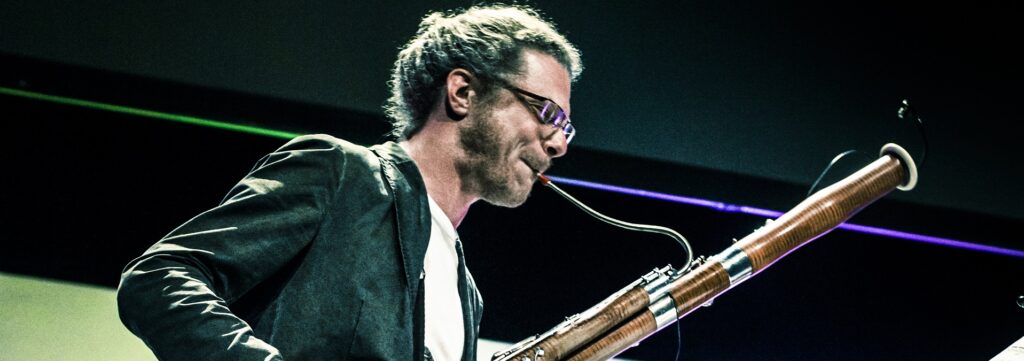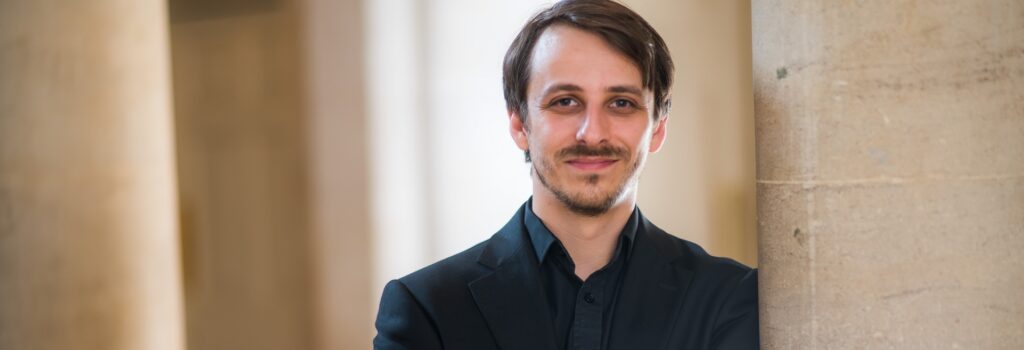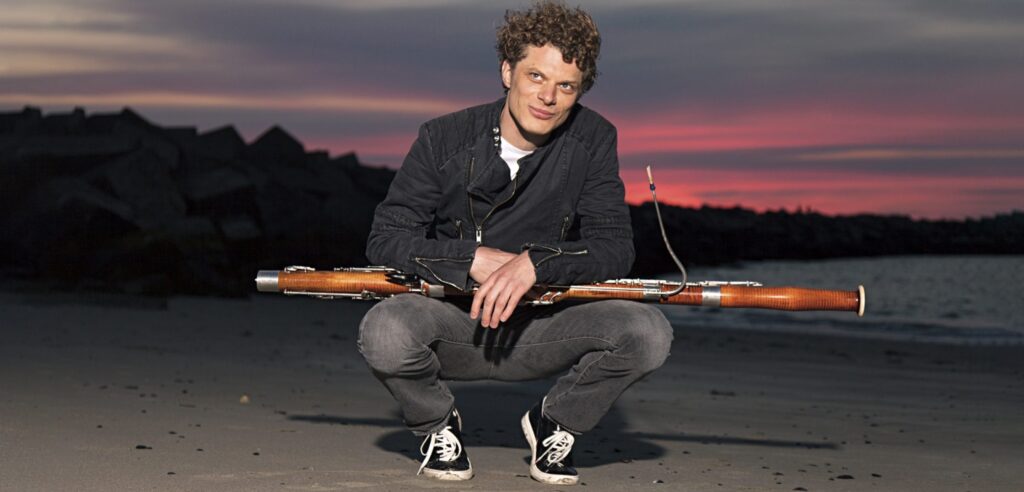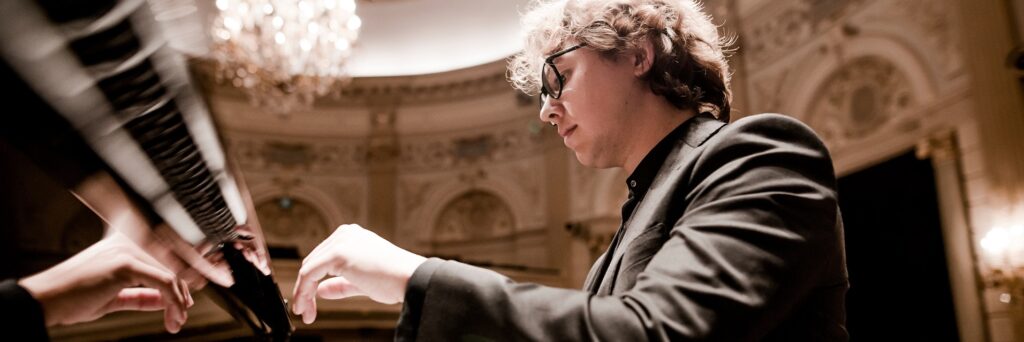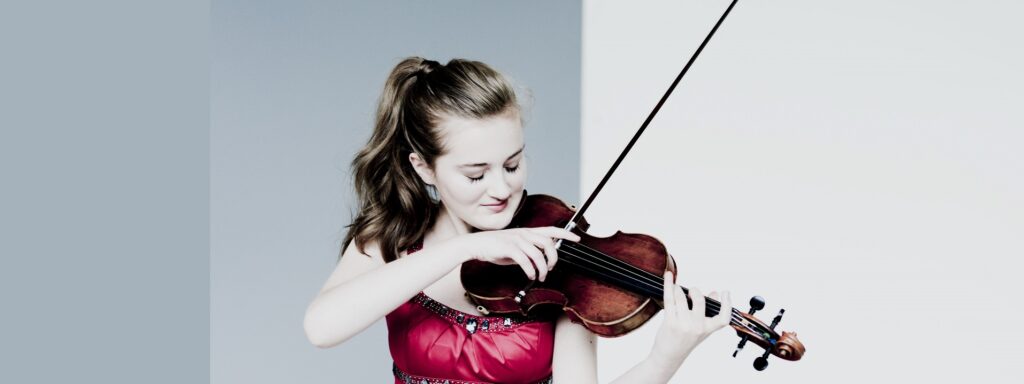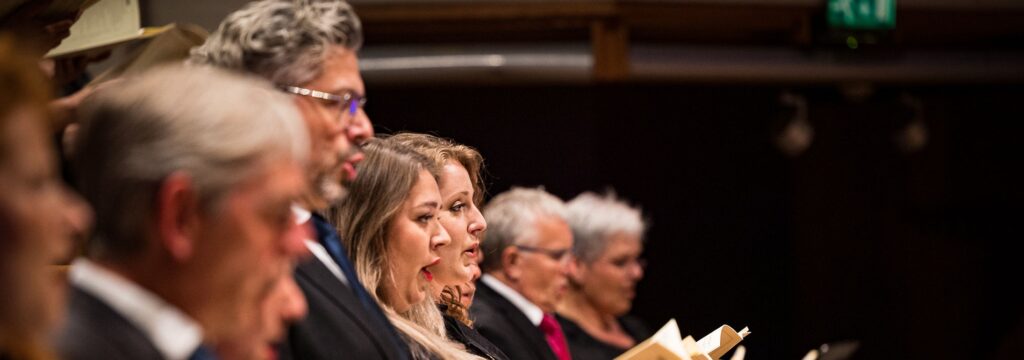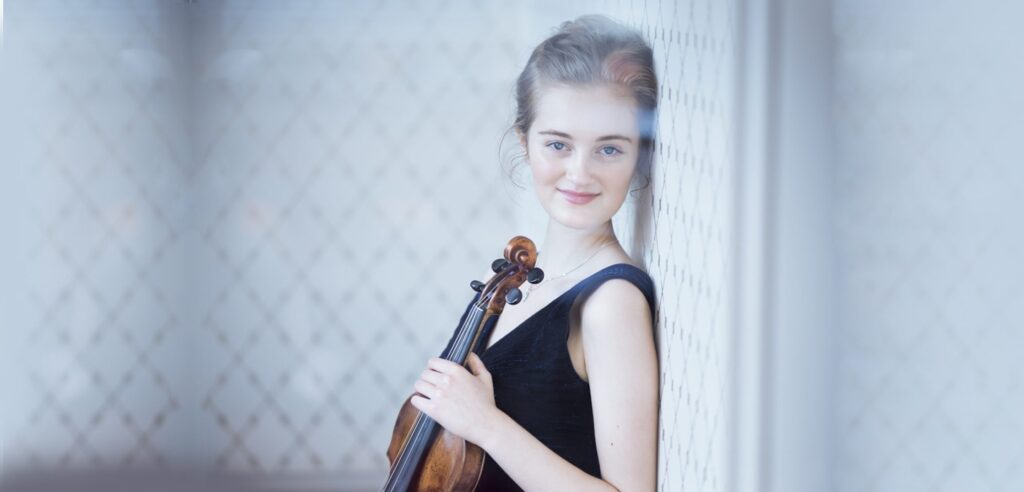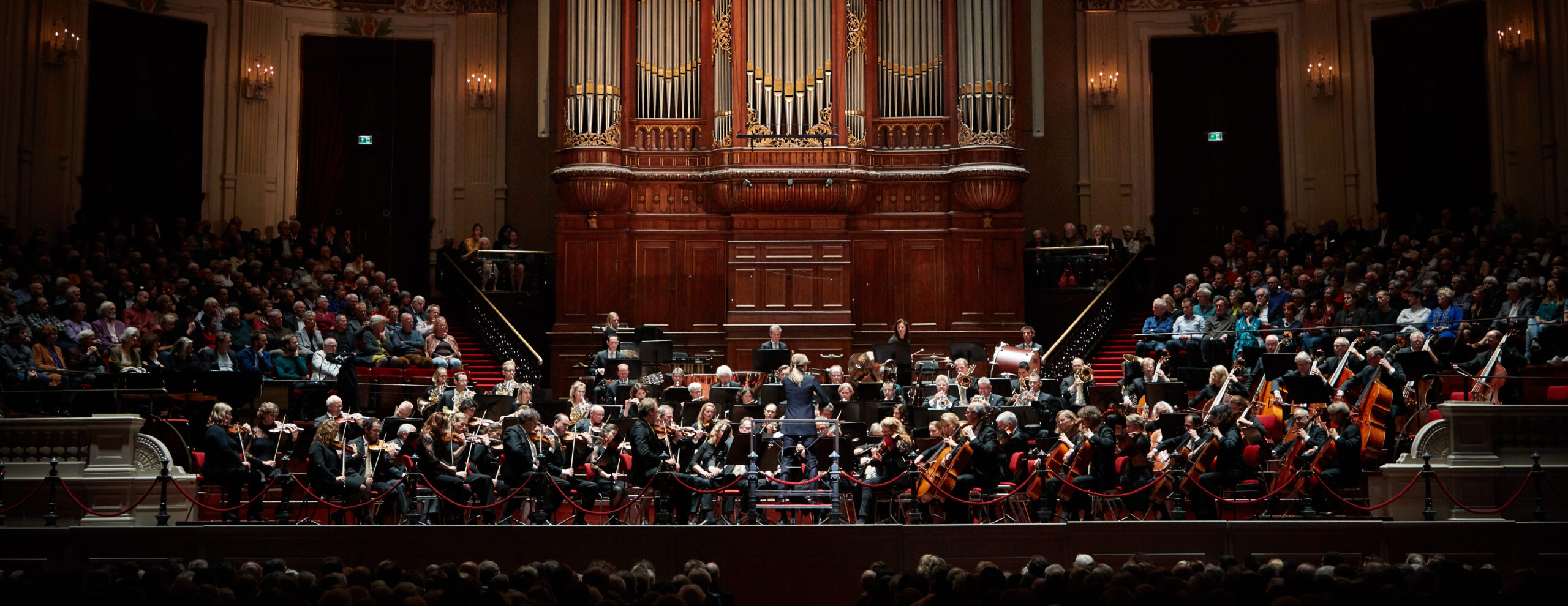

Purcell's King Arthur: The Holy Grail of English opera
Programme
- Henry Purcell King Arthur
Christian Curnyn and his Early Opera Company return with 'the first musical in history': a blend of drama and music in Henry Purcell's King Arthur.
Medieval tale depicts seventeenth-century England
There is no Holy Grail in Purcell's King Arthur, but there is a musical theatre work full of early medieval Saxons and Britons - at least in name. In this archaic power struggle, Purcell and his librettist John Dryden depict an allegory of the political vicissitudes of their own seventeenth century, up to and including the 'Glorious Revolution' of King Stadholder William III and his Queen Mary Stuart. The homeland is sung by the soprano Venus in the famous aria 'Fairest Isle', which took on a life of its own.
Scabrous, martial, icy and lyrical
This, Purcell's second semi-opera after Dido and Aeneas, is a typically English mixture of drama and music. Because of this, and because of the martial war songs, the icy shiver of the genius of cold, full of chromatic harmonies, the scabrous drinking parties and the lyrical moments of the beleaguered duke's daughter Emmeline, it is sometimes called the first musical in history. In 1691, the work was premiered in London to great acclaim, and Purcell was to write several more semi-operas thereafter. It is a mortal sin that the composer died at the age of 36.
